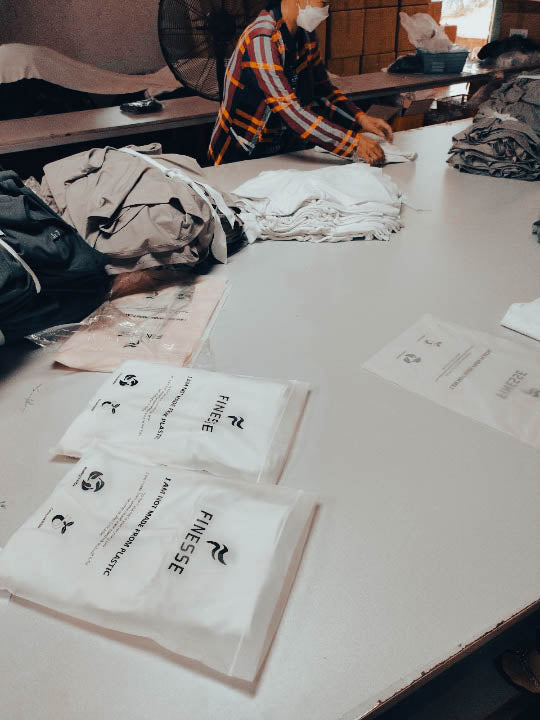Manufacturing transparency
All of our products are made by our trusted manufacturer, Thuan Kieu Textile Ltd.. Their factory is located in Long An Province, Vietnam which is an hour’s drive away from Ho Chi Minh city. With more than 20 years of expertise in garments and textiles, FINESSE Active is very excited to work with them to deliver the best sustainable activewear pieces, at an affordable price. Now, everyone can stay healthy!
Here is the end to end process of how each product is made, starting from the beginning - the yarn itself!
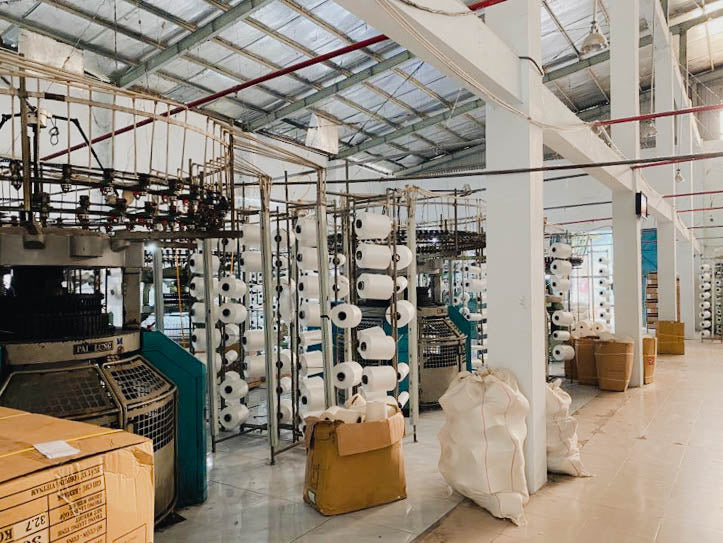
How our fabric is made
Shown here is the interlock weaving machine. It spins multiple yarns together into beautiful fabric. Up to 150 cones of yarn can be spun into fabric at the same time! Here, we can adjust the thickness, smoothness, and compressibility of the fabric by blending different ratios of recycled polyester and spandex. Each machine weaves up to 80kg of fabric per day. That’s approximately 280 leggings!
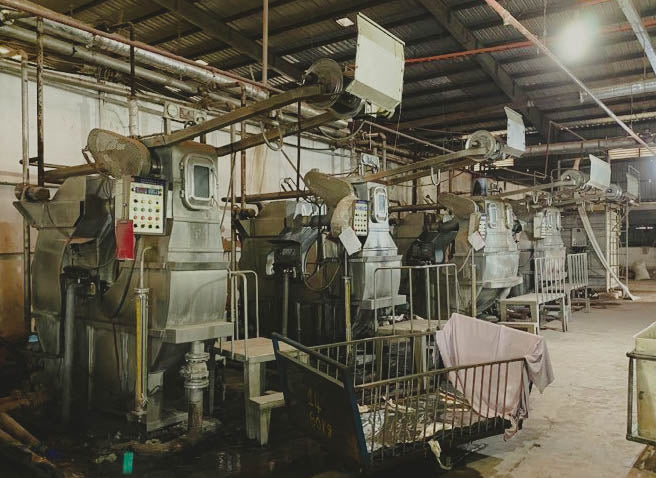
Colour wizard
Now that we have the fabric, it’s time to spice things up with COLOUR! These are dyeing machines utilising tried and tested techniques to help bring to life your favourite color palette in the form of each FINESSE Active product.
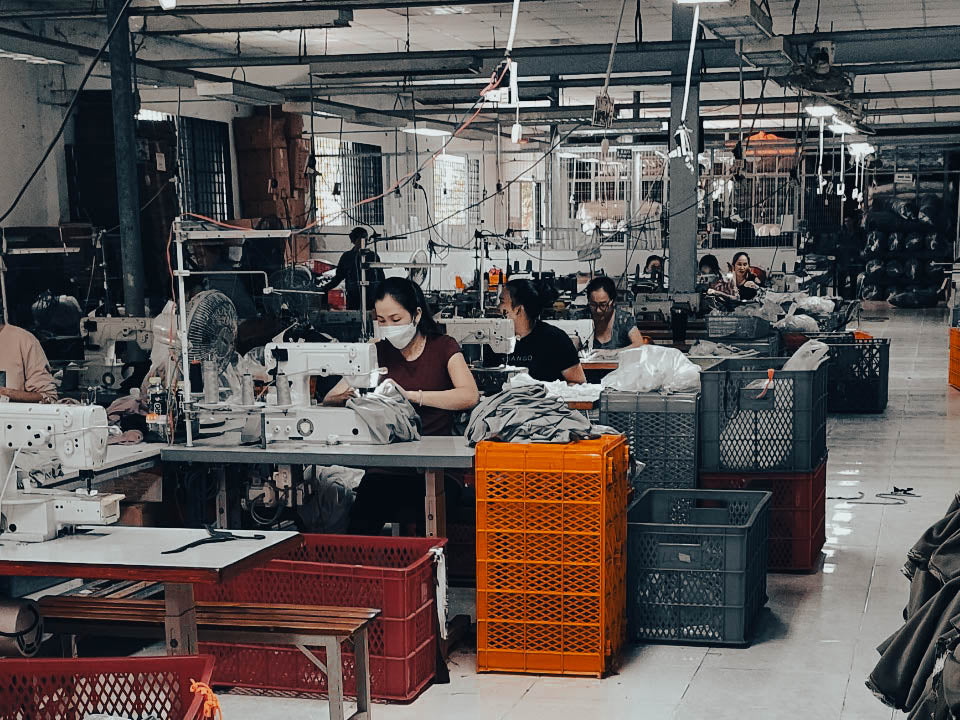
Sew-Sew
After the fabric is cut according to FINESSE Active’s proprietary designs, it is then delivered into the dextrous hands of several expert
seamstresses. These lovely ladies deftly stitch, fold, and trim, breathing form and function into the final garment. It is now almost ready to be delivered to you!
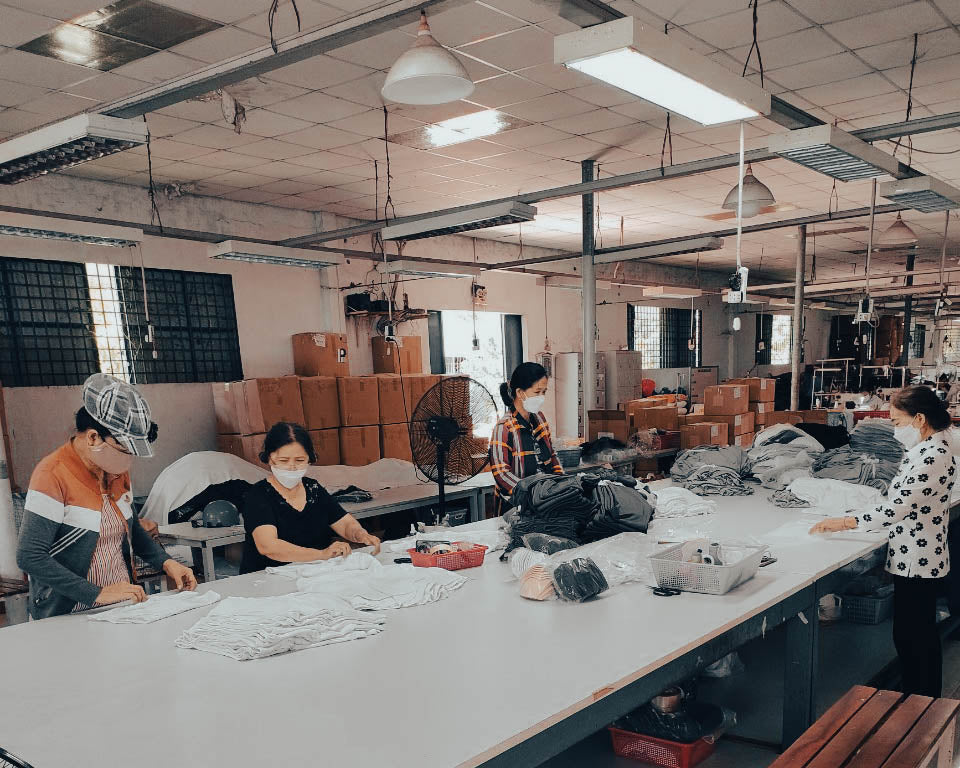
Fold & pack
Finally, the extra threads are trimmed off, and the carefully made products are ironed and neatly packed into our bio-compostable bags. These bags of delight are then stacked into big cartons, ready for shipping to our warehouse in Sydney.
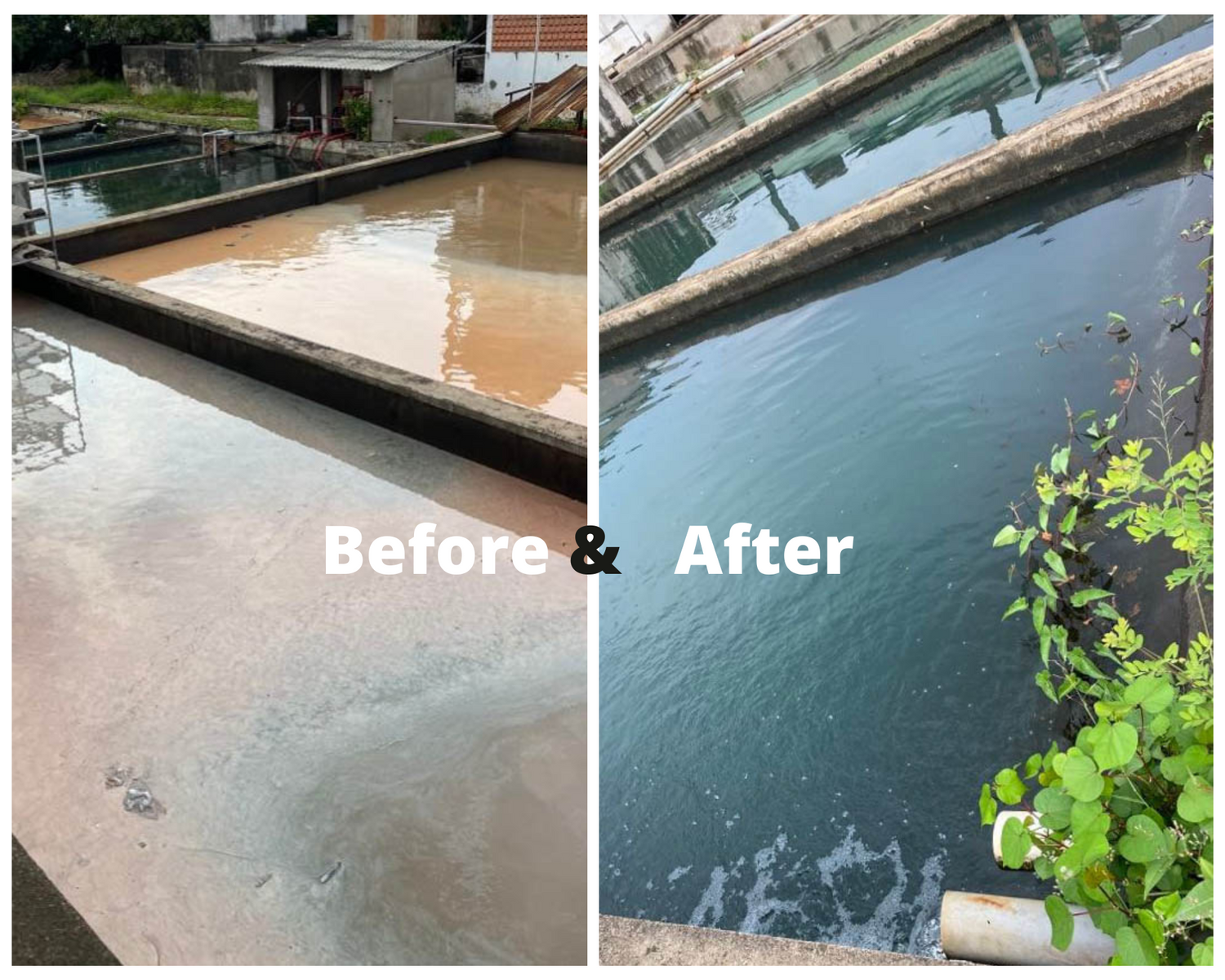
Wastewater management
We understand that there is a huge concern about wastewater from the textile industry which could be devasting to the environment if discarded untreated. At our factory, the wastewater is treated thoroughly before being released back into the environment It is first sedimented by precipitation before undergoing heavy metal removal via bioaccumulation and finally triple filtration. Voila! The output water is now considered A-grade according to the industrial standard, meaning it is safe for reuse in the factory or for release into the environment for the fishes to enjoy.

